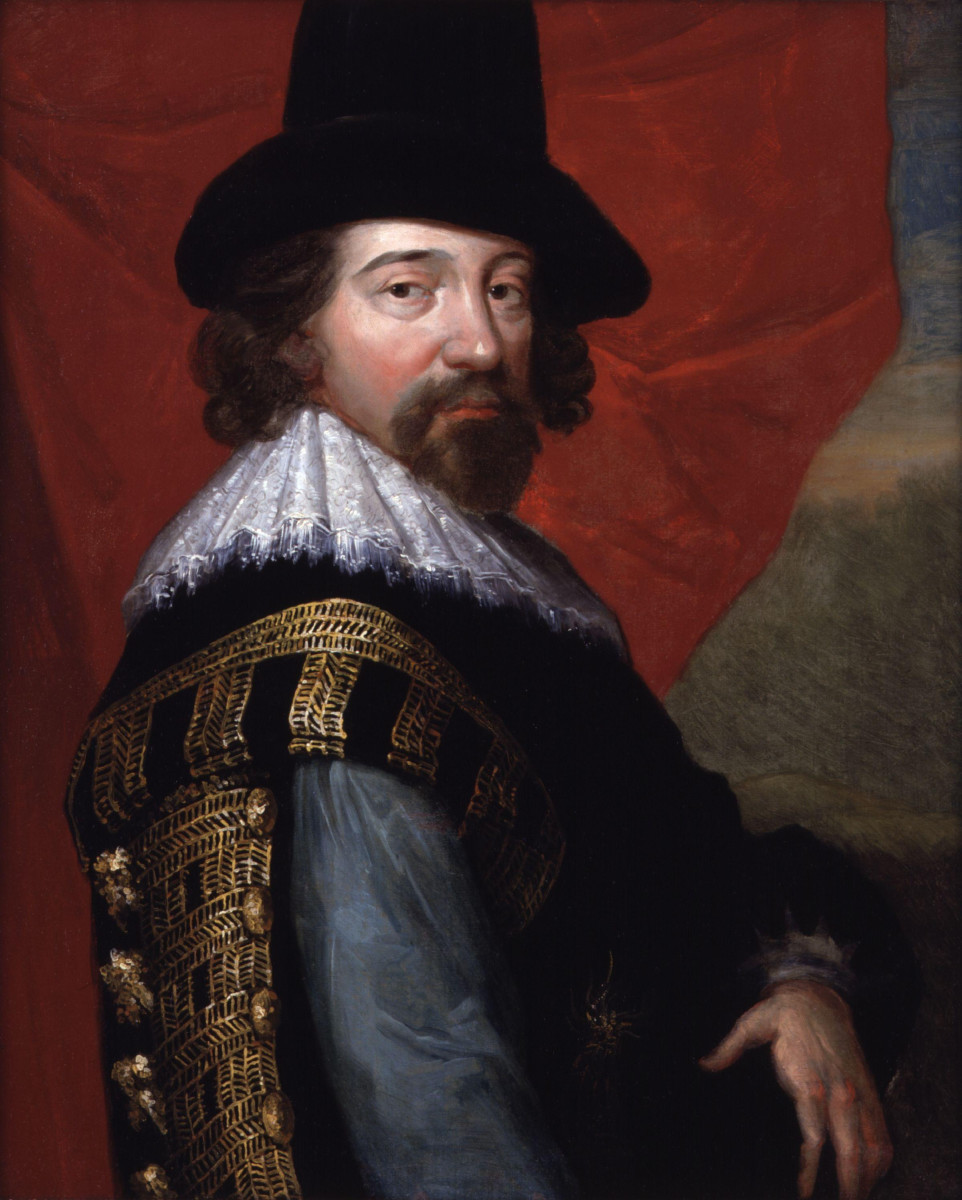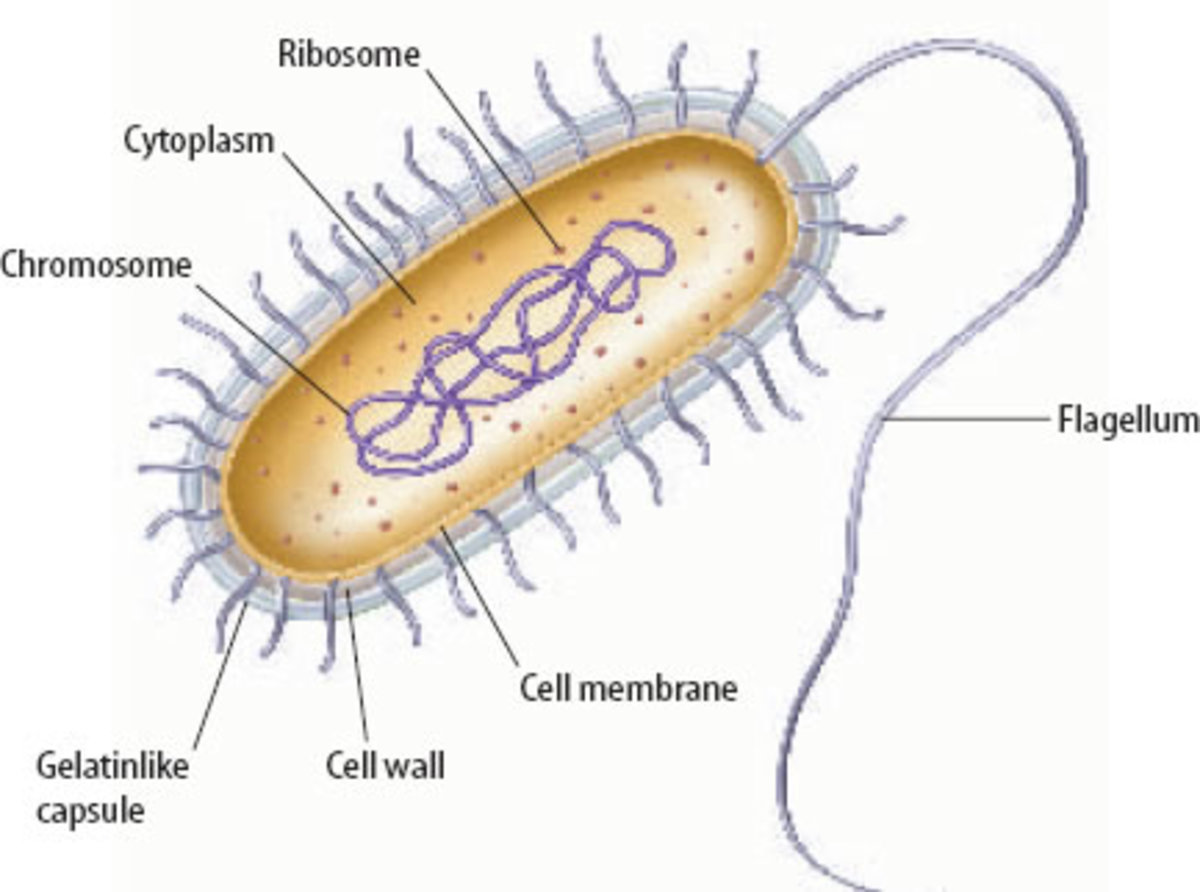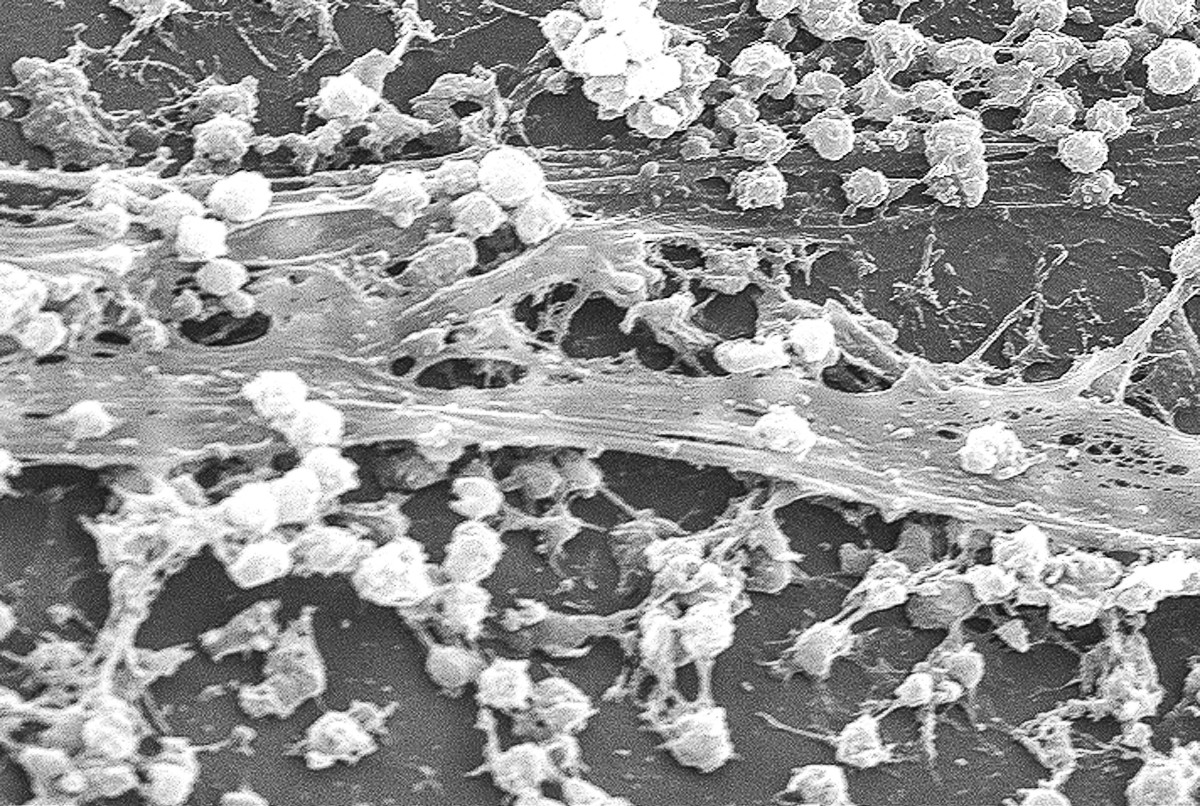History of microbiology: Contributions of Antony Van Leeuwenhoek, Robert Koch and Louis Pasteur
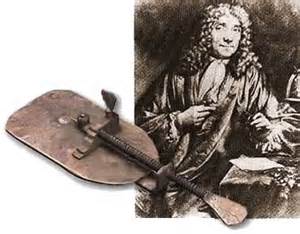
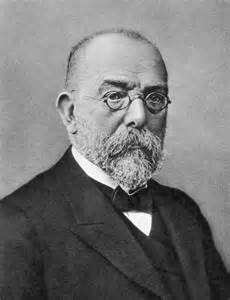
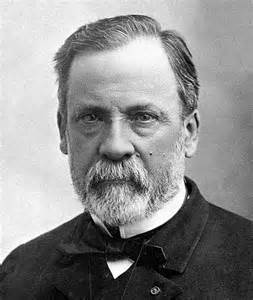
history of microbiology
History of microbiology
I. Contribution of Antony Van Leeuwenhoek (October 24, 1632 – August 26, 1723; Father of Microscopy)
- Invented first microscope.
- First person to observe and describe microorganisms accurately.
- In testing his self-made lenses, he discovered many small creatures and called them little animalcules.
- His lenses could magnify 300-500 x.
II. Conflicts over Spontaneous generation
- Aristotle and other people had believed spontaneous generation that is living organisms could develop from nonliving matter.
- Francesco Redi demonstrated that flies did not arise spontaneously from rotting meat by simple experiments. If a jar of meat was covered by fine muslin cloth, maggots did not arise.
- John Needham showed that microbes grew in soups exposed to air. He claimed existence of life force present in inorganic matter that could cause spontaneous generation. He boiled some soup in clean flasks with corks and showed that microbes would soon arise.
- Lazzaro Spallanzani claimed Needham’s organisms come from heat resistant microbes. If flasks were boiled long enough nothing grew.
- Louis Pasteur disproves spontaneous generation theory using swan neck flasks experiment. The nutrients of flask were heated and the untreated unfiltered air could pass in or out, but the germs settled in the swan neck and no microbes were observed in the nutrient solution.
- His concept of germ theory of diseases, that is, germs are responsible for diseases not the inert matter, ends the spontaneous generation theory.
III. Contribution of Louis Pasteur (December 27, 1822 – September 28, 1895)
- Disprove the theory of spontaneous generation.
- Gave the concept of germ theory of diseases.
- Involvement of microorganisms in fermentation of fruits to alcohol (an asymmetric product having optical density). He also studied lactic acid and butyric acid fermentation.
- Sorted different microorganisms giving different taste of wine (study of wine diseases). He selected a particular strain (yeast) for high quality wine.
- Germ theory of fermentation: specific microorganisms are responsible for specific fermentation.
- Pasteur Effect: Fermentation is carried out by anaerobic microorganisms and can be stopped by passing air.
- Pasteurization to preserve wine during storage. He developed a method to remove the undesired microorganisms from juice without affecting its quality. Heating the juice at 62.80C for half an hour did the job. This technique if called as Pasteurization. Commonly used in mild industry.
- He discovered that parasites like protozoa causes’ pebrine disease of silkworm. He suggested that disease free caterpillar can eliminate the disease.
- He isolated anthrax causing bacilli from the blood of cattle, sheep and human beings.
- He demonstrated virulence, that is, ability of microorganisms to cause diseases in bacteria during studies on chicken cholera.
- He discovered that incubating the bacteria causing chicken cholera for long intervals between transfers would attenuate the bacterium, that is, they lost their ability to cause diseases. He called the attenuated culture a vaccine.
- He proposed that putrefaction, that is, anaerobic degradation of proteins was due to anaerobic microorganism.
- He prepared rabies vaccine. The pathogen was attenuated by growing it in an abnormal host (rabbit); and after infection rabbits died, their brain and spinal cord were dried and used a vaccine.
- He made cotton wool plug for the first time.
IV. Contributions of Robert Heinrich Herman Koch (11 December 1843 – 27 May 1910)
- First demonstration of the role of bacteria in causing diseases came from the study of anthrax by Koch.
- He establish relationship between Bacillus anthracis (microorganism) and anthrax (disease), known as Koch postulates
- The microorganism must be present in every case of disease but absent from healthy organism.
- The suspected microorganism must be isolated and grown in pure culture.
- The same disease must result when isolated microorganism is inoculated into a healthy host.
- The same microorganism must be isolated again from the diseased host.
- He demonstrated that specific disease was caused by specific microorganisms.
- With Hesse, he use agar as a solidifying agent for growing pure cultures.
- He developed media suitable for growing bacteria isolated from the body. He use meat extracts and protein digests as nutrient source.
- He used pure culture technique to isolated bacillus that causes tuberculosis.


